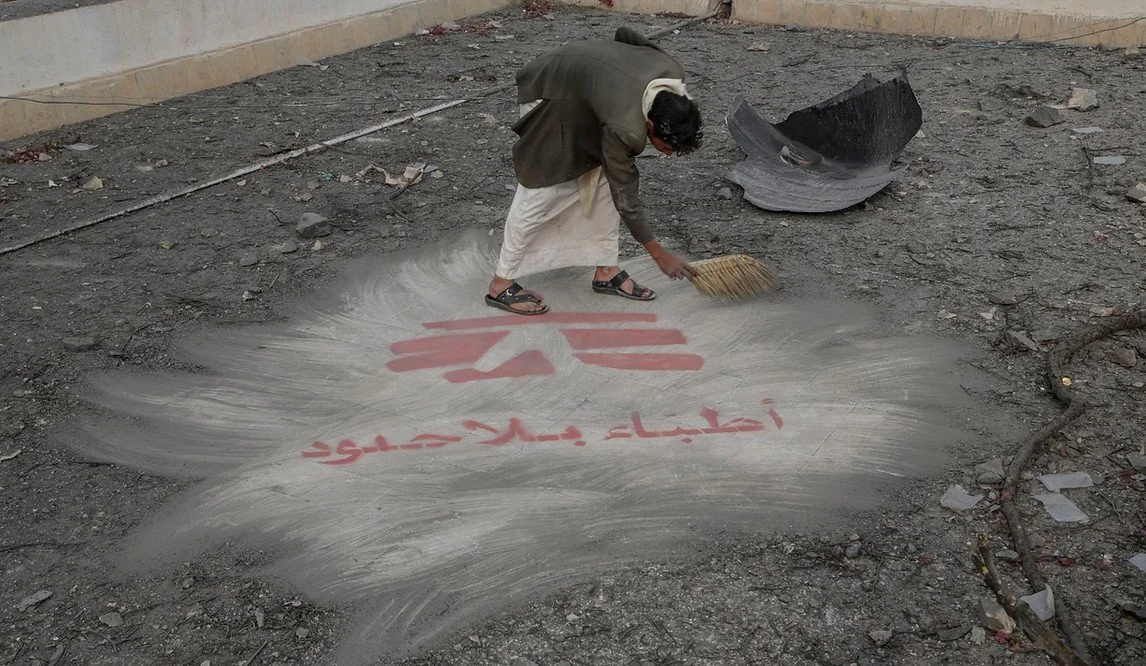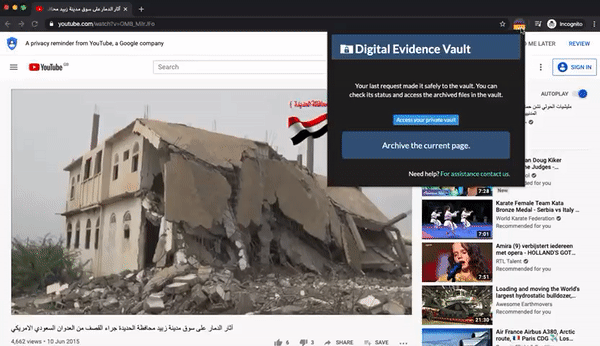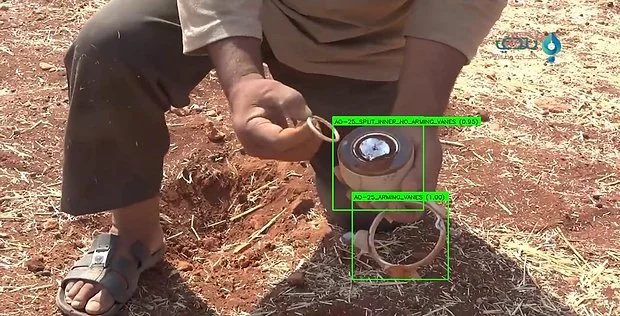GLAN Airstrike Database
An initiative to preserve, process, and analyze evidence of international law violations.
Background
By some counts, there have been over 20,000 airstrikes since the beginning of the Saudi/UAE-led coalition’s air campaign in Yemen. A huge proportion are alleged to have destroyed civilian property and killed civilians in violation of international humanitarian law.
There exists a wealth of information about many of these incidents, lots of which could be crucial evidence in future accountability efforts. Some of it is reliable, some of it is not – and much of it risks being lost due to 'take downs' by social media platforms where the imagery captures violence. Furthermore, the information takes disparate forms: NGO reports, social media posts, individuals’ personal collections, local TV and internet channels. The sources of information are rarely collected and centralised, and legal principles are often not applied throughout the evidence gathering process. Many human rights organisations simply do not have the capacity to preserve digital information in accordance with evidence standards required by legal proceedings. This means that the potential for such information, along with the private collections of individuals (direct evidence), to be used as evidence in accountability efforts is often not realised.
While UN bodies do undertake investigations into violations of human rights and humanitarian law, no official mechanism is tasked with the collection and preservation of evidence in Yemen. Furthermore, the Saudi/UAE-led coalition’s accountability mechanism releases the findings of its investigations into specific airstrikes but these are presented in manner that makes it difficult to know which incidents they are referring to. This prevents proper scrutiny of the standards of their investigations.
The aftermath of an airstrike on an MSF hospital in 2015; Image © private
The Database
After lengthy consultations with other organisations who had encountered the same challenges (most prominently in the case of investigations into Syrian airstrikes), GLAN teamed up with a number of core partners to design core functionalities for the database that would be cost-effective and workable. Key features of our system include:
Open-source evidence: Preservation of online user generated audio-visual evidence is carried out using Digital Evidence Vault, a Google Chrome plug-in which downloads and stores a copy of crucial online content. This program uses distributed ledger technology (blockchain) to authoritatively time-stamp the content. GLAN also log key OSINT information from the investigations of our partner organisations, Bellingcat and Yemeni Archive.
Direct evidence: Mnemonic (Syrian Archive, Yemeni Archive) will be our partner for the preservation of directly-received material (e.g. from journalists and witnesses).
Interface: All information is migrated and combined onto Uwazi, a database system designed by HURIDOCS, which is used to sort, tag, navigate and analyse the high volumes of evidence. For more, see HURIDOCS’ blog and this Opinio Juris piece co-authored by our legal officer.
All evidence is sorted by GLAN with future legal accountability efforts in mind and to make feasible a thorough analysis of an unwieldy amount of content. The database is relational, which means that each piece of evidence is linked both to an airstrike and the source of the evidence. Where necessary, sources’ identification is coded, so that the database, if breached, would be less likely to lead to their identity being revealed.
The Digital Evidence Vault plugin allows the immediate preservation of online content, which is then imported into the database automatically thanks to the integration with Uwazi.
Collaboration
One key objective of the database is that it will grow as we recieve more information on Coalition attacks, and that, where safe to do so, it will be made available to trusted partners for use in accountability efforts. If you or your organisation would be interested to discuss the database, please contact Dearbhla Minogue on dminogue@glanlaw.org. For secure communications, we welcome the use of PGP encryption.
Any evidence provided to GLAN is treated securely, and the provider retains control over what it will be used for.
Machine-learning project with Mnemonic
As part of our collaboration with Swansea University, our partners at Mnemonic (Yemeni Archive, Syrian Archive) been developing machine-learning algorithms to enable computers to filter through high volumes of mass-archived digital evidence.
Mnemonic is training computer vision algorithms for the detection and categorisation of videos and pictures that contain indicators of cluster muntions, which have been used in Yemen.
This project will allow investigators to identify potential evidence of war crimes without the prohibitively high analyst hours that would otherwise be required
Detecting elements of the AO-2.5RTcluster munition in a video




